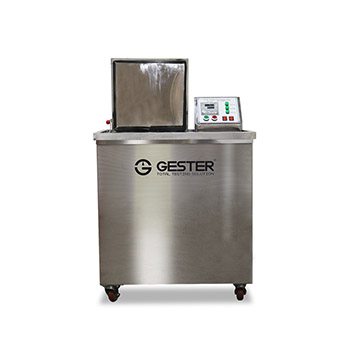When it comes to evaluating the durability of fabrics, fastness to washing plays a vital role. This color fastness to laundering testing method assesses how well dyes and pigments adhere to the fabric during repeated washing cycles. By understanding and implementing proper washing fastness testing techniques, textile manufacturers can ensure their products meet quality standards and provide long-lasting colorfastness. In this article, we will explore the essential steps and considerations involved in conducting washing fastness testing for fabric.
Understanding Washing Fastness Tester

Washing fastness testing is a crucial process in the textile industry to evaluate the colorfastness and durability of fabrics. This Washing Fastness Tester apply to test dyeing textile color fastness changing degree after washing, it not only do washing color fastness and also dry washing color fastness test.
Color fastness to washing test machine Feature
Before conducting the color fastness to washing test, it is important to properly prepare the fabric samples. Start by cutting the fabric into uniform pieces of the desired size. Remove any loose threads or contaminants that may affect the test results. Ensure that all samples are from the same batch or lot to maintain consistency.
Several methods can be used to perform washing fastness testing, including ISO, BS, AATCC, JIS & SDC standards. Choose the method that aligns with your specific requirements and regulations. Consider factors such as the type of fabric, intended use, and applicable industry standards when selecting the testing method.
The test solution used during washing fastness testing typically consists of water, detergent, and other additives. Follow the specified guidelines from the testing standard to prepare the solution accurately. The concentration of the detergent and the temperature of the water may vary based on the test requirements.
Conducting the fastness to washing test
 |
 |
 |
Evaluating the colour fastness to washing test results
After the color fastness to washing is complete, it is crucial to evaluate the results accurately. Examine the fabric samples for any changes in color, bleeding, or fading. Use standardized rating scales or color measurement devices to quantify the extent of color change. Compare the test results against industry standards to determine if the fabric meets the required washing fastness criteria.